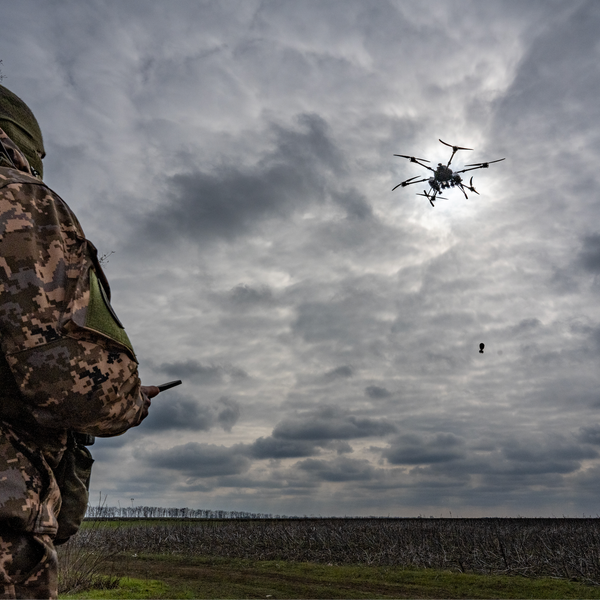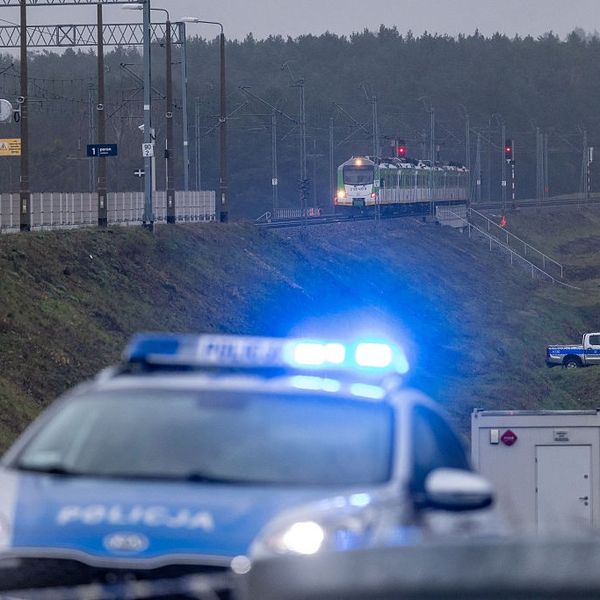President Trump’s second, private meeting with Russian President Putin at the recent G20 meeting has been the subject of considerable scrutiny. While perhaps politically unwise or even possibly nefarious, an accidental outcome of the meeting may be to make it harder for the Russians to retaliate for the December 2016 expulsion of 35 Russian diplomats and the seizure of their two U.S. compounds.
At the time of the G20 summit, the Russians began signaling a threat to retaliate against U.S. diplomats and property in Russia unless the U.S. returned the two seized compounds. Breaking with past practice, the Russians had chosen not to respond in the wake of the Obama Administration actions in late 2016, likely in an effort to build bridges with the incoming pro-Russian Trump Administration. In recent weeks, however, the Russians resurrected their threat to retaliate if the properties were not returned, and reports hinted that the Trump Administration was weighing the return of the compounds in an effort to restore the broken relationship.
While some speculated that the threat was merely a means to put pressure on the U.S. delegation at the G20 summit, Russia’s long-held pattern of retaliation suggests that the warning was serious. U.S. diplomats in Moscow were surely making preparations for a hasty exit.
No matter the intent behind the second pull-aside at the Hamburg summit, it may now be more difficult for Putin to follow through on his threat. He has maneuvered his way into an unusual and unlikely relationship with the U.S. President. Since it seems that the U.S.-Russia reset depends almost entirely on the personal whim of President Trump, President Putin is likely to do all he can to maintain the fragile rapport, and is therefore unlikely to retaliate against U.S. diplomats.
To understand why the failure to retaliate is highly unusual for the Russian side, a bit of background:
At the time of the December 2016 expulsions by the Obama Administration, the U.S. also seized two Russian compounds in Maryland and New York used by Russian diplomatic staff for weekend holidays. Russians have always treasured their time away at country “dachas.”
However, speculation at the time was that the Russians were using the compounds for some form of electronic intelligence collection. While I am certain there is truth in the speculation, I think it is more likely that the facilities served as a convenient excuse for Russian spies to sneak off and execute operations throughout the U.S. Ever since the end of the Cold War, the FBI has had limited surveillance assets to cover Russian spies. These scarce resources became even more difficult to muster for non-emergency purposes following the 9/11 attacks. The Russians surely used this interval to their advantage. Every weekend Russian diplomats apply to use the facilities in Maryland and Long Island and are rarely followed on the trip. As long as they show up in the expected timeframe, there is little justification for tracking them. However, Russian spies would use this surveillance-free opportunity to break off along the route to engage in unmonitored espionage activity. Indeed, there have been reports that Russian spies were occasionally spotted hundreds of miles away from their route mapping U.S. fiber optic lines and telecommunication infrastructure.
Russia has more overseas spies than any other country, including the U.S. Despite the disparity between their relative economic and diplomatic power, Russia has consistently assigned far more spies in the U.S. than the Americans have in Moscow. Every few years or so, a spy scandal reminds U.S. officials of the imbalance, and both Democratic and Republican Administrations have used those opportunities to cull the herd.
Following a spate of spy cases, the Reagan Administration tossed out 80 Russian diplomats in two waves in 1986. The Russians responded immediately by kicking Americans out of Moscow.
In 2001, the U.S. once again threw 56 Russian spies out in the wake of the arrest of Robert Hanssen, an FBI Special Agent who had been spying for the Soviet Union and Russia for decades. At that time, there were some in the Bush Administration who finally wanted to play hardball with the Russians. The U.S. was prepared to support a second wave of expulsions if the Russians retaliated to the first, with the aim of drawing down the substantial Russian U.S.-based spying apparatus once and for all.
Knowing that the Russians have more direct control over their ability to retaliate, we in the CIA were skeptical that the Bush Administration would follow-up with a second round. We feared that the Russians would toss out a larger percentage of our intelligence apparatus in Moscow, and then the U.S. would balk, leaving the Russians with far more spies in the U.S. than anything the U.S. could match in Moscow.
This history of tit-for-tat spy expulsions has taught the Russians how to ruthlessly manipulate the squabbles amidst the U.S. bureaucracy. Whenever the U.S. throws out Moscow’s spies, the Russians make sure to expel U.S. diplomats from a variety of U.S. agencies – Commerce, Defense, State, DEA, Treasury, USAID and others. This, in turn, insures that those Agencies will resist further expulsions of Russians from the U.S. for fear they may lose their limited resources in Moscow. The Russians know us well.
Sure enough, in 2001 the Russians immediately retaliated and kicked out 50 Americans from the U.S. Embassy out of Moscow. When the Bush Administration re-grouped to consider a second round, several U.S. departments and agencies complained that they couldn’t tolerate any additional drawdown that might result from a second wave of expulsions.
So, despite the tough talk, the U.S. balked, leaving the imbalance in place. Once the dust had settled, it was clear the U.S. had lost a larger percentage of its collection capability in Russia than the Russians had in the United States.
While the Russians held their fire in 2016, there was surely internal political pressure in Moscow to retaliate as the months went by and Russia did not reap concrete rewards for its restraint.
So, despite the poor optics and unprofessional nature of a meeting with a foreign head of state without a U.S. note-taker, President Trump’s personal embrace changes the calculus for Putin, and makes it less likely that they will play their usual hard game. Barring President Trump’s personal approach, it is almost certain that the Russians would have retaliated by now.
While the effort by President Trump to show a personal relationship with Putin may have alienated our allies and frightened those who already distrust President Trump’s instincts, his post-dinner chat may well have saved 35 American diplomats from packing their bags in Moscow.












